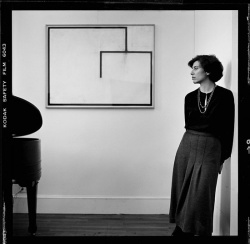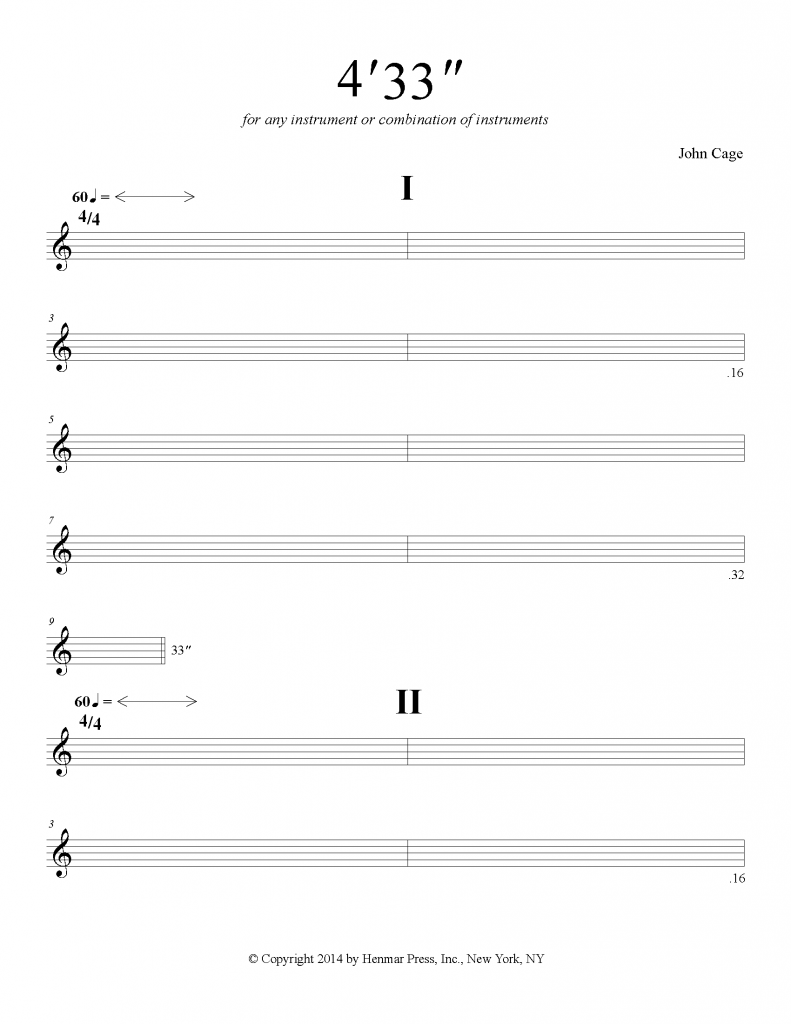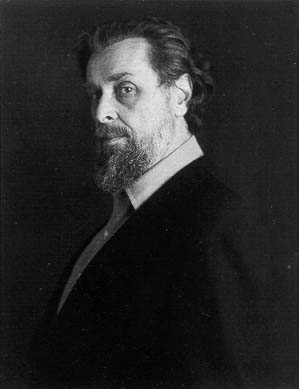Grids - Rosalind Krauss

In the early part of this century there began to appear, first in France and then in Russia and in Holland, a structure that has remained emblematic of the modernist ambition within the visual arts ever since. Surfacing in pre-War cubist painting and subsequently becoming ever more stringent and manifest, the grid announces, among other things, modern art's will to silence, its hostility to literature, to narrative, to discourse. As such, the grid has done its job with striking efficiency. The barrier it has lowered between the arts of vision and those of language has been almost totally successful in walling the visual arts into a realm of exclusive visuality and defending them against the intrusion of speech. The arts, of course, have paid dearly for this success, because the fortress they constructed on the foundation of the grid has increasingly become a ghetto. Fewer and fewer voices from the general critical establishment have been raised in support, appreciation, or analysis of the contemporary plastic arts.
Yet it is safe to say that no form within the whole of modern aesthetic production has sustained itself so relentlessly while at the same time being so impervious to change. It is not just the sheer number of careers that have been devoted to the exploration of the grid that is impressive, but the fact that never could exploration have chosen less fertile ground. As the experience of Mondrian amply demonstrates, development is precisely what the grid resists. But no one seems to have been deterred by that example, and modernist practice continues to generate ever more instances of grids.
There are two ways in which the grid functions to declare the modernity of modern art. One is spatial; the other is temporal. In the spatial sense, the grid states the autonomy of the realm of art. Flattened, geometricized, ordered, it is antinatural, antimimetic, antireal. It is what art looks like when it turns its back on nature. In the flatness that results from its coordinates, the grid is the means of crowding out the dimensions of the real and replacing them with the lateral spread of a single surface.
Annunciation - Leo Steinberg
London, National Gallery, August 1984, facing Lippi’s Annunciation. A round-topped panel, 60 inches across, dense as all Lippis are and lovely to look at. Suddenly, I noticed something I knew I’d not seen before: the Dove of the Holy Ghost down from its usual altitude to level with Mary’s belly, and so near, it seemed half-caught in the bend of her acquiescence (fig. 2). Closing in on the panel, I saw what was happening: a spray of tiny gold particles proceeding from the dove’s head and beak toward the Virgin’s womb, from which, through a slit in her dress, issued a responsive burst of golden dots. What on earth was the painter thinking?

Enter a helpful association—something recalled from a book I had read about ancient theories of visual perception. Was Lippi analogizing the incarnational moment to the eye’s apprehension of light? As I remembered it, one theory held that vision occurred in the eye’s passive reception of light (intromission); the other explained it as an outgoing ray spent by the eye (extramission). And I recalled that Roger Bacon, a 13th-century Franciscan at Oxford, had proposed synthesizing the two, so that visual perception would result from reciprocal sorties—the perceived object emitting a light which the eyebeam goes forth to receive.
Could it be that in Lippi’s Annunciation, the instant of Mary’s conceiving was being likened to the interaction of sight with light—analogous to Bacon’s reciprocity theory? At this hunch, I stopped short, for the 200-year-leap from my Carmelite friar in midQuattrocento Florence back to that clairvoyant Oxonian seemed too wide. In retrospect, I feel shamed by my ignorance on this point, but it was quickly cured by Sam Edgerton.
The Empty Room - James Pritchett
When this exhibition was originally conceived, at its center there was to be an empty room: “one completely bare gallery, which visitors will have to negotiate without explanation.”2 The plans have changed now, and the empty room has disappeared, but this was the feature that caught my attention when I was asked to write an essay for this catalogue. It was an unusual idea for a museum show, since the whole purpose for visiting one is to witness things of beauty or interest. People do not go to a museum to look at blank walls, to walk through empty galleries. Without any context, visitors would have been quite baffled by this, perhaps thinking that they had taken a wrong turn, that someone made a mistake, or (for those who like adventure) that a daring theft had taken place. But these visitors would have known that this is an exhibition about John Cage, and hence the empty room would make sense. “Ah, the silent piece,” they might have said to themselves, smiling.
4’33“, the silent piece, is easily John Cage’s most famous creation. I would say that anyone who recognizes Cage’s name knows that he wrote a piece of music that consists entirely of silence. It is a piece that has become a sort of icon in postwar culture, like Warhol’s soup cans: a punch line for jokes and cartoons; the springboard for a thousand analyses and arguments; evidence of the extremity of a destructive avant-garde that appeared in the 1950s and sixties.
